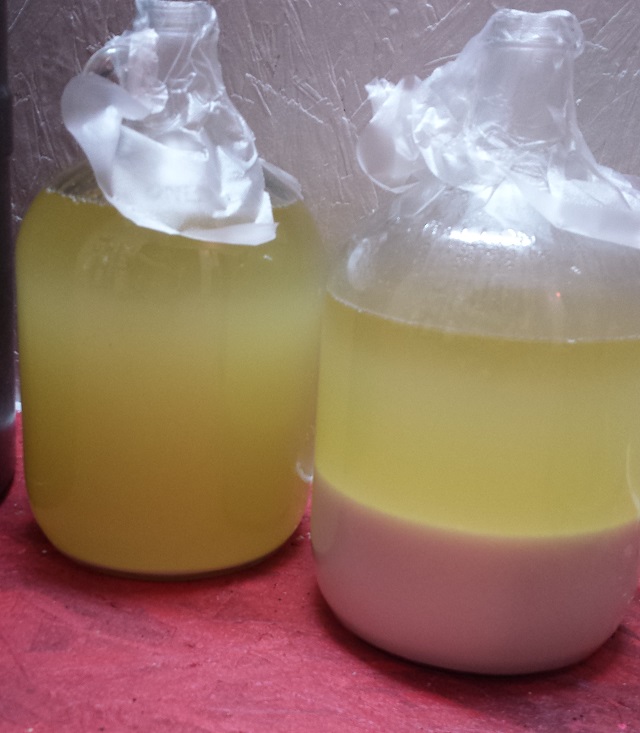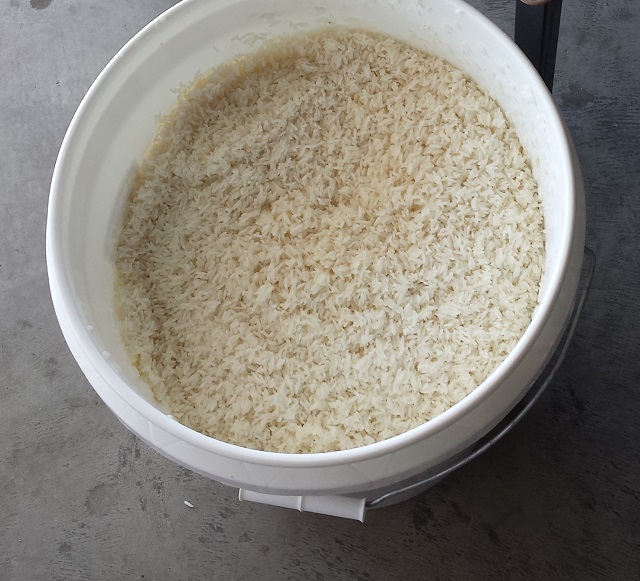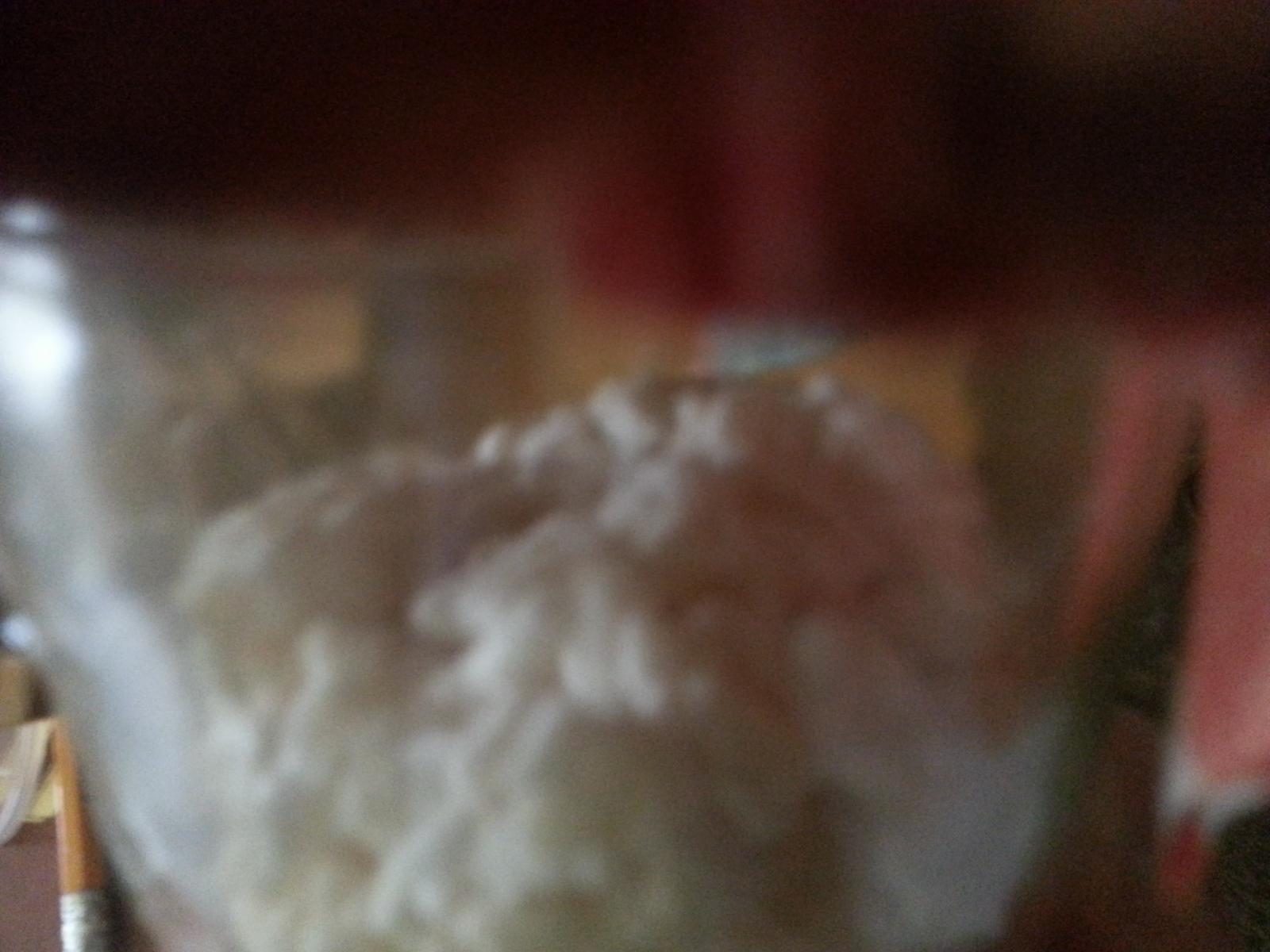So many pages, it's hard to read them all. Not sure if anybody else asked this. If your steam the rice with pineapple juice, will the pineapple flavor come through? Or would it make more sense to just add the juice to the finished wine?
If you use jasmine rice and Chinese yeast balls you'll end up with a lot of pineapple flavor. I would add the juice before drinking, and not ferment it, if you want more pineapple and/or sweetness.








![Craft A Brew - Safale BE-256 Yeast - Fermentis - Belgian Ale Dry Yeast - For Belgian & Strong Ales - Ingredients for Home Brewing - Beer Making Supplies - [3 Pack]](https://m.media-amazon.com/images/I/51bcKEwQmWL._SL500_.jpg)



















































